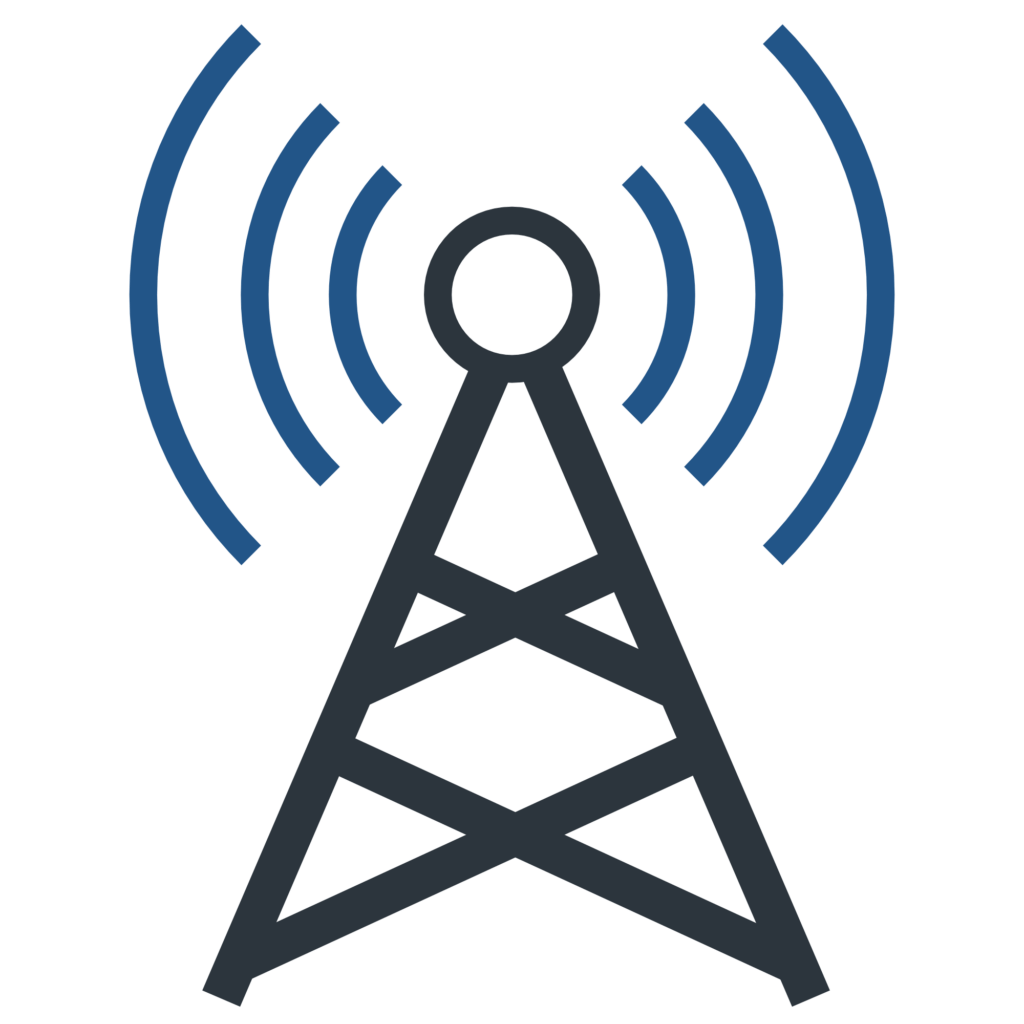
Telecommunications: Cell Sites
For more than 10 years wireless service providers have been rapidly building out their infrastructure and coverage areas. Thousands of cell sites are built each year to keep up with an increasingly mobile market. On average, a single cell site will provide service in a 3 mile radius. A typical cell site consists of a base station and wireless antenna attached to a structure. The base station is usually connected to leased T1 service from the local exchange carrier.
In cases where cell sites are located within a high voltage power corridor, i.e. a power substation or transmission tower, leased copper telephone lines must be isolated from the local ground due to high voltage ground potential rise. Ground potential rise (GPR) is a phenomenon common in most power stations and transmission towers in North America. During a GPR event the power station or tower ground will rise in voltage potential in relation to remote ground.
Power stations have extensive grounding and bonding to ensure all structure within the ground grid is at the same electrical ground. When a leased metallic (copper) telephone cable is installed into a power station or tower it presents a path to remote ground. When GPR occurs voltage potentials as high as 100kV are possible.
The Fiber Optic Link isolates telecommunication lines by replacing the copper telephone cable with an all-dielectric fiber optic cable within the high voltage area. The Fiber Optic Link can completely eliminate the presence of the telephone line remote ground insuring the safety of personnel and greatly improving equipment reliability.
Industrial network components must be capable of withstanding harsh environmental conditions such as extreme temperature ranges as well as lightning strikes, Ground Potential Rise (GPR) events and power surges.
RLH industrial hardened analog and digital copper to fiber voice/data equipment provides isolation from environmental and outside disturbances in environments with temperatures ranging from –40°C – +70°C.
Industry Standards
- IEEE 1590-2003
- IEEE 487-2000 (Annex F)
- FCC-Part-15
- Motorola Standard 59









